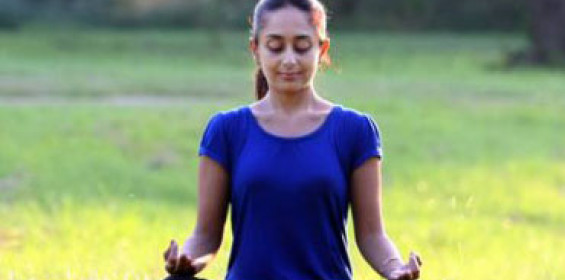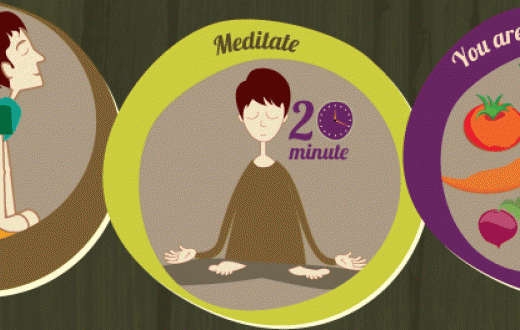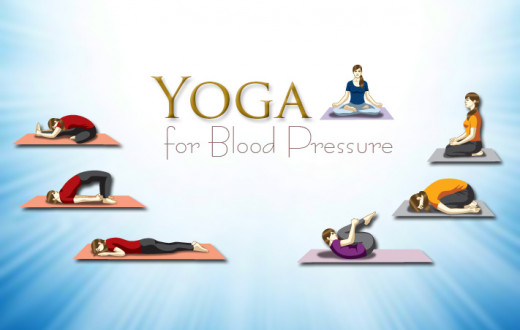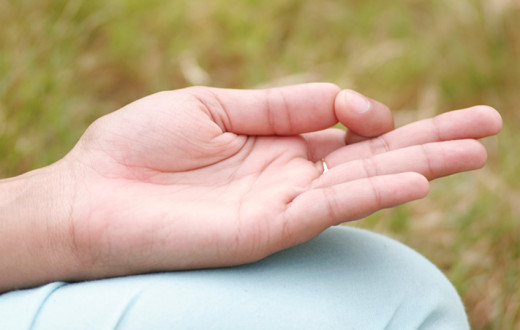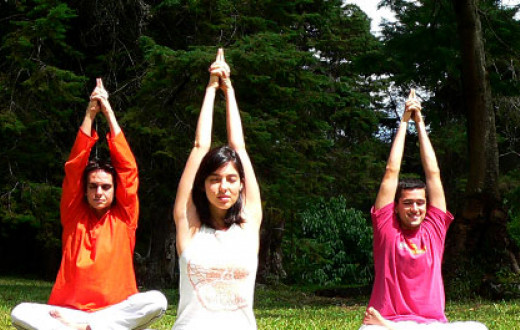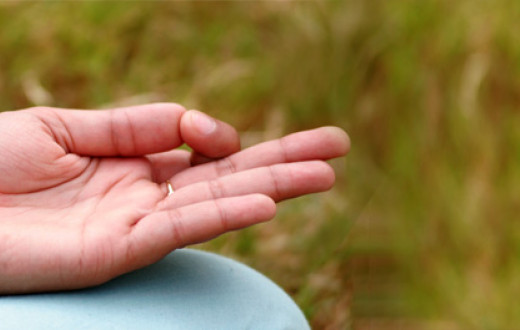“Ten years ago, I only knew of thyroid disorder through school textbooks. It was only a medical condition to me which could occur in people in the outside world, until it happened to me one day seven years ago. And it was then that it occurred to me for the first time ever that thyroid disorder can really happen to anyone, even me! In the beginning, I was a bit scared but once I found yoga and Ayurveda as safe and easy treatment options, I don’t even think much about it now. Life is just as normal as it always was and daily yoga practice has only made it better, helping me cope with the symptoms better” – Nikhila Singh, a patient of hypothyroidism since 2006.
Yes, thyroid disorder has indeed become a household name these days, close behind hypertension and diabetes. According to the American Thyroid Association (ATA), around 20 million people in the US have some form of thyroid disorder and at least 60 percent of those who do are not even aware of it! Also, the prevalence of the condition is believed to be higher in women than men. One of the main causes of thyroid disorders is believed to be the stressful lifestyle we are leading.
Even though there is an increasing prevalence of thyroid disorders today, there are numerous treatment options available to patients. Of course, every treatment would take time to show results but in the meantime, you have something to cheer about. With yoga and meditation, can help in thyroid treatment. So just add a few minutes of yoga practice to your regular treatment can help reduce stress and also make your everyday life smoother and happier.
Now, thyroid disorders can be of many types but the two most prevalent ones are:
- Hypothyroidism (underactive thyroid)
- Hyperthyroidism (overactive thyroid)
It’s important for you to check with your doctor which type of thyroid disorder you may be affected with. You can also check for specific symptoms of each type that you may be experiencing but make sure to confirm with the doctor first who will be able to suggest proper medical investigation before starting further treatment.
You May Have Hypothyroidism If:
- You may be slowly feeling disinterested in everyday affairs, getting lethargic and developing a laid-back attitude towards everything.
- You may be doing just the routine work as always but have started feeling more fatigued than usual.
- You just don’t seem to understand why you remain constipated of late.
- Your friends have started noticing a sudden weight gain and you can’t seem to explain why as you wonder that you are not even overeating!
- You look at yourself in the mirror these days and notice your face getting puffy.
- You are feeling upset seeing your long, thick hair begin to thin suddenly and there are bunches of hair lying scattered all over the house.
- Your menstrual cycles are irregular (there could be other reasons for this too; better to check with your doctor).
- You are noticing excessive hair growth on the face which is becoming embarrassing.
- You can see your throat swell up. Surely, it’s time to see the doc.
How Yoga Can Help Reduce Thyroid Disorder Symptoms:
Before you start practicing yoga for thyroid disorders, make sure to consult your physician. Also, these yoga techniques work on coping with the symptoms better and are not a substitute to medication (though in some cases the need for medicines may reduce with consistent yoga practice over a period of time).
Note: Although all yoga asanas are considered to be good for both hypo and hyperthyroidism patients, we recommend some of the postures below which can be particularly useful. You need not restrict your practice to only these poses; check with an Sri Sri Yoga teacher on more asanas for your condition.
The Following Yoga Asanas Can Be Practiced In Hypothyroidism Treatment:
- Shoulder Stand (Sarvangasana) is the most recommended posture in this condition. It stimulates the thyroid gland to function properly because of the pressure effect and also helps stimulate other glands in the head region, such as pituitary and pineal glands, which also have an indirect control on the functioning of the thyroid gland.
- Inverted Pose (Viparitakarani)
- One-legged Forward Bend (Janu Shirasasana)
- Fish Pose (Matsyasana)
- Plow Pose (Halasana)
- Cat Stretch (Marjariasana)
- Fast-paced Sun Salutation (Surya Namaskar) can work well for controlling weight.
Besides these yoga postures, the practice of pranayamas (breathing techniques) such as Kapal Bhati (skull shining breathing technique), Nadi Shodhan (alternate nostril breathing), Bhastrika and Ujjayi breathing work well in reducing hypothyroidism symptoms.
Food Tips For People With Thyroid Disorders
- Include high-fibre food in your diet.
- Reduce the intake of fats and carbohydrates.
- Take lots of fresh fruits and green leafy vegetables. It is better to avoid cauliflower, cabbage and broccoli in hypothyroidism.
- Limit the intake of non-vegetarian food, milk and milk products (skimmed milk is advisable), rice, spicy food, refined and fast food and food items with preservatives.
You May Have Hyperthyroidism If:
- You are either gorging on food too much or eating less than usual. There may be a sudden change in appetite. But no matter how much you eat, you still remain lean (if you are desperately trying to put on weight, that is).
- You are finding it difficult to sleep at night.
- If you are sweating too much and unusually.
- Small things are making you easily irritable.
- You usually remain anxious, nervous and quite hurried about things.
Yoga Asanas Recommended For Hyperthyroidism Treatment :
- Bridge Pose (Setubandhasana)
- Cat Stretch (Marjariasana)
- Child Pose (Shishu asana)
- Corpse Pose (Shavasana)
- Slow-paced Surya Namaskars practiced with mantra chanting will have a calm and soothing effect.
Ujjayi, Bhramari (Bee Breath), Nadi Shodhan and cooling pranayamas such as Sheetali and Sheetkari are considered to be very effective in dealing with hyperthyroidism symptoms.
Also, it’s good to practice a few minutes of meditation everyday in both hypo and hyperthyroidism. Hypothyroidism patients who become laid-back due to the condition will need to make a conscious effort to stay physically active. And here is when meditation can really help strengthen your willpower to do so.
You may try Panchakosha and Hari Om meditations which you can learn from a Sri Sri Yoga teacher or at the Art of Living Part 2 Course near you.
Since stress is believed to be one of the major factors for thyroid disorders, meditation keeps the mind calm and relaxed and reduces everyday stress. The chanting of ‘Om’ everyday for a few minutes also helps. After chanting, do this small activity: put your hand on the thyroid gland and feel that it is getting healed. Let the positive vibrations of chanting have a stimulating effect on the thyroid gland.
Yoga Nidra also works well in both hypo and hyperthyroidism in reducing stress and calming down. For hyperthyroidism patients, who may find it difficult to sleep at night, yoga nidra can work as a power nap during the daytime so that your body gets sufficient rest.









